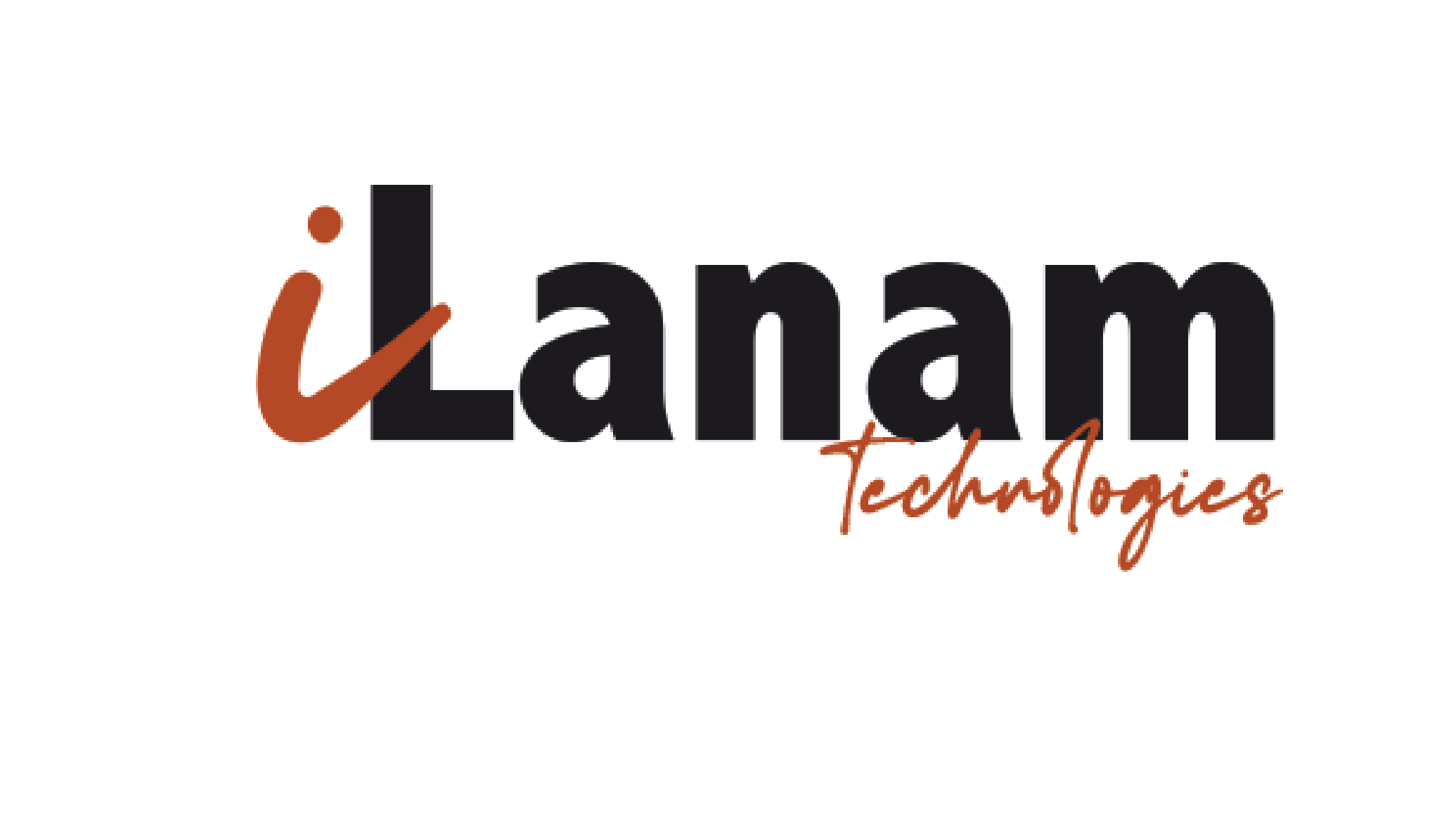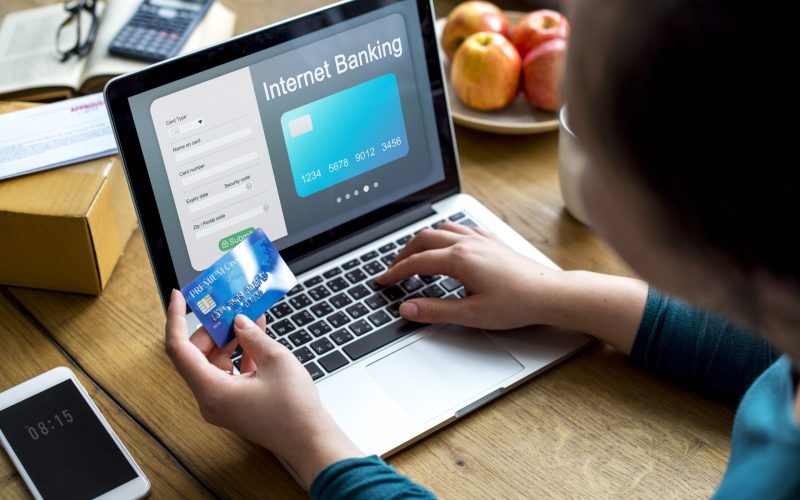Gone are the days when mailboxes used to overflow and subscriptions used to be expensive. Nowadays with just a click, one can subscribe to any medium of their choice- ranging from magazines to e- newspapers. While this may be economical in terms of cost, the quantity can be just as difficult to manage, and contribute to a lot of digital space which can eat up on one’s available space. It could get very difficult to manage subscriptions, often when a tab is not kept from the very start as one goes about their business. To make things more manageable, Subscription Management Apps can be used. What this app can do entirely depends on the developer, but it can identify unused subscriptions by uncovering and cancelling them. It could also analyze spending behavior and give recommendations to improve financial health, make regular savings deposits and attach a goal to those savings.








